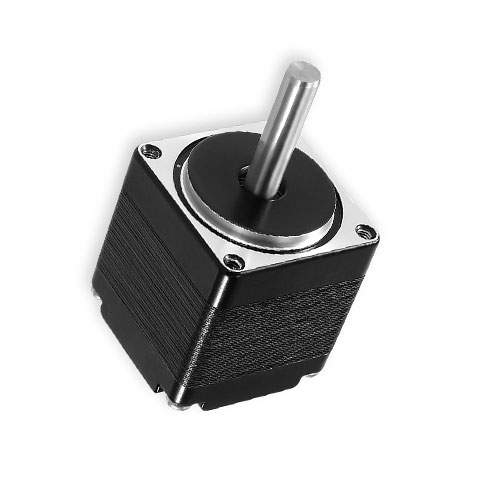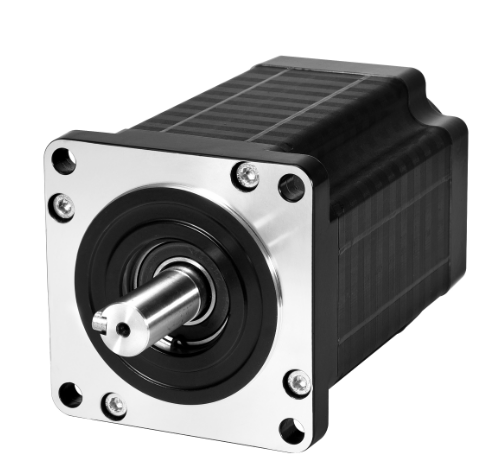The answer to the breakdown of stepper motors is as follows:
What is the number of stepper motor subdivisions
The number of stepper motor subdivisions is essentially an electronic damping technique.
Stepper motor subdivision drive technology is a drive control technology developed in the mid-seventies that can significantly improve the comprehensive performance of stepper motors. The main purpose of the subdivision of the stepper motor is to weaken or eliminate the low-frequency vibration of the stepper motor, and improving the running accuracy of the motor is only an incidental function of the subdivision technology.
For example, for a two-phase hybrid stepper motor with a step angle of 1.8°, if the number of subdivisions of the subdivision drive is set to 4, then the operating resolution of the motor is 0.45° per pulse, and whether the accuracy of the motor can reach or approach 0.45° also depends on other factors such as the subdivision current control accuracy of the subdivision drive. The accuracy of subdivision drives can vary greatly from manufacturer to manufacturer; The larger the number of subdivisions, the more difficult the accuracy is to control.
The number of subdivisions of stepper motor drives, there are generally three subdivision methods:
1, 2 to the N power, such as 2, 4, 8, 16, 32, 64, 128, 256 subdivision,
Integer multiples of 2, 5, such as 5, 10, 20, 25, 40, 50, 100, 200 subdivisions,
Integer multiples of 3, 3, such as 3, 6, 9, 12, 24, 48 subdivisions.

So is the larger the number of stepper motor subdivisions, the better?
My experience in actual debugging:
The larger the subdivision denominator, that is, the smaller the angle of rotation under a single pulse, the easier it is to start, and the smoother (smoother) the motor will run.
Moreover, the stepper motor is generally not large in power, not used for high-speed applications, and servos can be used for higher speeds, so for the general controller, the frequency of subdivision will not be too high, mainly limited by the response timing of the control IC.
The setting of the stepper motor subdivision is to solve the setting of the pulse equivalent of the control system, the general driver can be set by DIP switch by pressing 2/4/..../512, and some drivers such as Nordco Technology NDM552 can be set arbitrarily 1~512. In actual use, the larger the subdivision setting, the higher the control pulse frequency. For example, the subdivision selected is 500, so that the number of pulses required for the motor to rotate is 500 * 200 = 100000, when the motor running speed is 10rps, the control pulse frequency needs 1MHz, then many controllers are unable to provide such a high control frequency, but the larger the subdivision, the smoother the motor runs, especially when running at low speed, the effect is more significant. 
Subdividing the setting hour, if pure sine wave current control technology is not used, such as DM542, the motor jitter is more severe during operation, especially in the low-speed operation stage. The setting of the final subdivision is based on factors such as the control frequency range of the controller and the processing accuracy, and the appropriate subdivision is set, and there is no need for the larger the better.